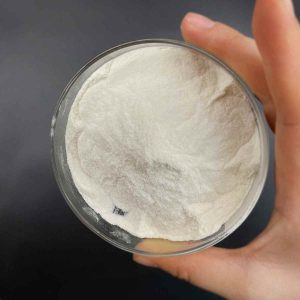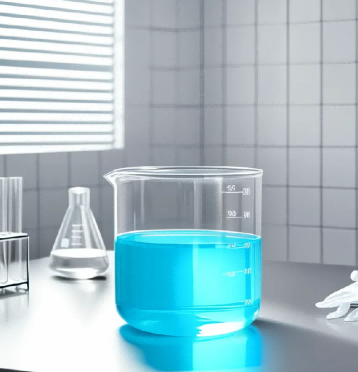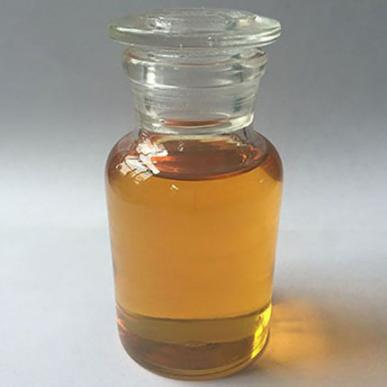1. Introduction
Just 24 hours ago, the European Commission quietly updated its cosmetic ingredient database, flagging stricter labeling requirements for products containing sodium lauryl sulfate (SLS). Cue the internet panic: ‘Is my toothpaste trying to kill me?’ Don’t worry—your morning foam isn’t plotting against you. But it *is* worth understanding what SLS really is, why it’s everywhere, and whether you should swap it for something gentler like decyl glucoside or coco betaine.

Let’s cut through the lather and get to the sudsy science.
2. What Is Sodium Lauryl Sulfate?
Sodium lauryl sulfate—also known as sodium dodecyl sulfate, natrium lauryl sulfate, or simply SLS—is a powerful anionic surfactant. If you’ve ever wondered, ‘What is a surfactant?’ think of it as a molecular matchmaker: one end loves water (hydrophilic), the other loves oil (hydrophobic). This dual nature lets it lift grease off your hair, dirt off your dishes, and grime off your car.
SLS is cheap, effective, and creates that satisfying foam we’ve been brainwashed to equate with ‘clean.’ But foam ≠ cleanliness. It’s mostly theater.
3. SLS vs. Its Sulfate Siblings
Not all sulfates are created equal. Sodium laureth sulfate (also called sodium lauryl ether sulfate or sodium lauryl ether sulphate) is SLS’s milder cousin. The ‘eth’ stands for ethoxylated—meaning it’s been treated with ethylene oxide to make it less irritating. You’ll often see it labeled as ‘SLES’ or ‘sodium laureth.’
Then there’s ammonium lauryl sulfate (or ammonium dodecyl sulfate), which behaves similarly but is more common in shampoos targeting oily hair.
Despite the similar names, don’t confuse sls sodium lauryl sulfate with sls sodium laureth sulfate—they’re different chemicals with different irritation potentials.
4. The Surfactant Family Tree

Surfactants come in four main flavors:
- Anionic surfactants (like SLS, sodium dodecylbenzene sulfonate, and sodium coco sulfate): negatively charged, great at cleaning, but can be harsh.
- Cationic surfactants (like cetyl trimethyl ammonium bromide or cetyltrimethylammonium bromide): positively charged, used in conditioners for their anti-static properties.
- Non ionic surfactant types (like polysorbate 80, Span80, Pluronic 127, and poloxamer 188): no charge, gentle, often used in food and pharmaceuticals.
- Amphoteric surfactants (like cocamidopropyl betaine, also called coco betaine, amidopropyl betaine, or coco amido propyl betaine): change charge based on pH, super mild, and commonly paired with SLS to reduce irritation.
Fun fact: methylated seed oil and lignin sulfonate are nonionic surfactants often used as surfactant for herbicides or lawn wetting agents—not for your face, but for your grass!
5. Gentler Alternatives Are Having a Moment
Thanks to rising demand for ‘clean beauty,’ brands are ditching SLS for bio surfactants like alkyl polyglucoside, coco glucoside, sodium cocoyl isethionate, sodium lauroyl sarcosinate, and sodium cocoyl glutamate.
These ingredients are derived from coconut or sugar, biodegradable, and far less likely to strip your skin’s natural oils. Sodium lauroyl methyl isethionate? That’s the star in many ‘sulfate-free’ luxury bars.
Even in agriculture, farmers are switching from harsh fluoro surfactants to eco-friendly wetting agent for grass formulas that won’t harm pollinators.
6. Is SLS Dangerous?

Let’s be clear: SLS isn’t toxic in normal use. But it *can* irritate sensitive skin, especially at high concentrations or with prolonged contact. That’s why you won’t find it in baby shampoos (they use amphoteric or nonionic surfactants instead).
Claims linking SLS to cancer? Debunked. The confusion often stems from contamination concerns with 1,4-dioxane in *ethoxylated* surfactants like SLES—but that’s a separate issue.
If you’re shopping for sodium lauryl sulfate for sale, check the purity. Industrial-grade SLS (used in garage floor cleaners) ≠ cosmetic-grade.
7. Where You’ll Find SLS (Beyond Your Shower)
SLS isn’t just in sls sulfate shampoos. It’s also used in:
- Toothpaste (for that minty foam)
- Dish soaps
- Car washes
- Herbicide enhancers (as a surfactant for weed killer to help chemicals stick to waxy leaves)
- Lab reagents (yes, sodium deoxycholate and sodium oleate hang out in the same biochemical circles)
And no, copper 1 bromide isn’t a surfactant—despite what that one sketchy forum claimed.
8. The Future of Suds
Companies like Rohit Surfactants Private Limited are investing heavily in green chemistry, developing plant-based alternatives that perform like SLS without the sting. Meanwhile, consumers are reading labels more than ever—searching for ‘lauryl sulfate-free’ or ‘cocamidopropyl’-enhanced formulas.
The takeaway? SLS isn’t evil—but it’s not always necessary. If your skin’s happy, keep lathering. If it’s red and itchy, try swapping to a formula with decyl glucoside or sodium coco sulfate (sometimes misleadingly labeled as ‘coco sodium sulfate’).
9. Conclusion
Sodium lauryl sulfate is the workhorse of the surfactant world—effective, affordable, and foamy as heck. But with a growing menu of gentler, eco-friendly options like alkyl polyglucoside and amphoteric cocamidopropyl betaine, you’ve got choices. So next time you squeeze that bottle, remember: bubbles are fun, but clean doesn’t have to sting.
Our Website founded on October 17, 2012, is a high-tech enterprise committed to the research and development, production, processing, sales and technical services of ceramic relative materials such as Sodium. Our products includes but not limited to Boron Carbide Ceramic Products, Boron Nitride Ceramic Products, Silicon Carbide Ceramic Products, Silicon Nitride Ceramic Products, Zirconium Dioxide Ceramic Products, etc. If you are interested, please feel free to contact us.


